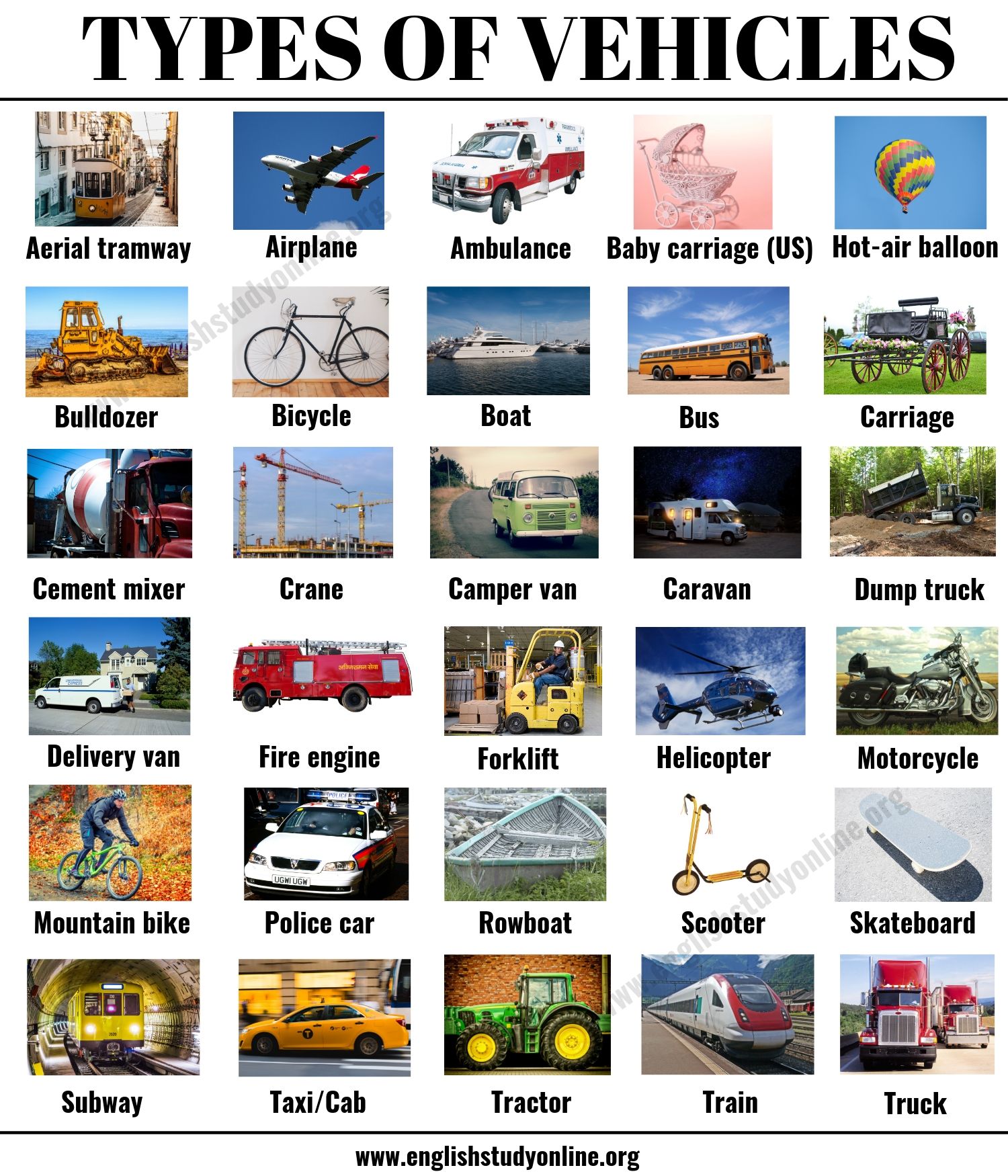When was the last time you took a moment to ponder the importance of your vehicle’s lights and indicators? Many of us take these seemingly trivial components for granted, yet they play a critical role in ensuring safety while driving. Just imagine embarking on a night journey, only to discover that your headlights are dim or your turn signals are malfunctioning. This scenario presents an intriguing dilemma: how safe are you on the road if your vehicle’s lighting system is compromised?
Vehicle safety encompasses a myriad of factors, with lights and indicators standing out as pivotal elements that enhance visibility and communication with other road users. The lights on your vehicle not only illuminate your path but also indicate your intentions, safeguard you against potential hazards, and increasing your overall safety. As we delve into the intricacies of maintaining your vehicle’s lights and indicators, let’s consider the various types of lights, the common challenges associated with their maintenance, and actionable tips to ensure optimal performance.
First and foremost, it’s essential to understand the different types of lights found on a vehicle. Headlights are perhaps the most crucial component when it comes to visibility; they ensure that you can see and be seen, especially in low-light conditions. Tail lights, on the other hand, communicate your position to vehicles behind you. Then there are brake lights, which serve an equally vital function: alerting others that you are slowing down or stopping. Indicators, or turn signals, facilitate safe lane changes and turns by indicating your intentions to fellow drivers. Each of these lights should be in optimal working order to prevent accidents and ensure a smooth driving experience.
Now, let’s delve into common challenges that vehicle owners often encounter with their lighting systems. One prevalent issue is the dimming of headlights over time. This can occur due to the accumulation of dirt, moisture, or simply the age of the bulbs themselves. It’s not uncommon for owners to neglect this aspect until it reaches a point where visibility is severely compromised. Another frequent challenge is the malfunctioning of turn signals. A burnt-out bulb or faulty wiring can lead to a situation where your signaling is uncommunicative, potentially causing confusion for other drivers. So, how can you tackle these challenges effectively? Let’s discuss maintenance tips.
Regular checks and maintenance of vehicle lights should be integrated into your routine car care. A good practice is to inspect your lights every month. Begin with a visual examination to ensure that all bulbs are functional and the lenses are clear of any obstructions or dirt. If the lenses are cloudy or yellowed, consider using a restoration kit or replacing them entirely. This simple act can drastically improve the effectiveness of your headlights.
Next on the maintenance checklist should be the functionality test. Turn on your headlights and observe their performance. Ask a friend for help by standing outside the vehicle while you manipulate the light switches. Check high beams and low beams, tail lights, brake lights, and turn signals. This little activity isn’t just for the sake of thoroughness, but also for your own peace of mind.
If you encounter any bulbs that are burnt out, don’t delay in replacing them. Keep a set of spare bulbs in your glove compartment, so you’re always equipped for such eventualities. When replacing bulbs, ensure you follow the manufacturer’s recommendations regarding wattage and type. Mismatched bulbs may lead to electrical issues or reduced performance.
In addition to checking bulbs, examine your vehicle’s wiring system associated with the lighting system. Faulty wiring can lead to intermittent outages or shortened electrical life for your lights. If you notice flickering lights, it may be indicative of more significant issues at play, which may necessitate the expertise of a professional technician.
Moreover, consider the importance of employing quality light bulbs. While it may be tempting to opt for cheaper alternatives when replacing burnt-out bulbs, investing in high-quality LED or halogen bulbs can yield better visibility and longevity. They may be pricier upfront, but their performance can enhance your driving experience tremendously, making it well worth the investment.
As we discuss the significance of our vehicle’s lights and indicators, never underestimate the impact of weather conditions on their performance. Rain, fog, or snow can reduce visibility drastically. During such conditions, ensuring your headlights are not only functional but also properly aimed makes all the difference. Misaligned headlights can blind other drivers while failing to illuminate the road adequately for you.
To summarize, maintaining your vehicle’s lights and indicators is paramount for optimal performance and safety on the road. The next time you’re about to hit the road, take a moment to inspect these critical components. Are your headlights bright enough? Are your indicators functioning correctly? By actively engaging in the maintenance process, you’re not only ensuring your safety but also that of others sharing the road. Remember, a well-lit vehicle is a safer vehicle; it’s a simple truth that can make a profound difference in your driving experience! So, why wait? Embrace the challenge and prioritize your vehicle’s lighting systems today for the myriad benefits they bestow.
